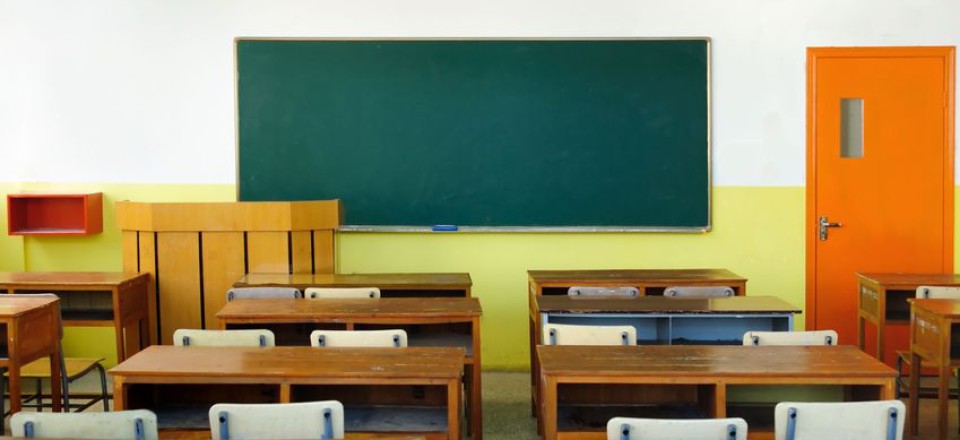✴︎ Available only with purchase from publisher
“Beginning with the so-called GI Bill in 1944, the U.S. federal government began to intervene in the higher education marketplace to provide subsidized loans, as well as grants, directly to students. After the 1965 Higher Education Act, such assistance was channeled through the Guaranteed Student Loan Program, through which student loans were insured by government but actually provided by private lenders such as banks and credit unions. This public-private partnership proved popular and durable, until challenged in the summer of 2004 by the revelation that some private lenders were taking advantage of a loophole in the law to reap a windfall — upwards of $1 billion — at taxpayer expense, without providing increased services. While Congress moved to close the loophole in question, the uproar ignited a long-dormant debate over the proper role of government in providing assistance to students pursuing higher education. … This case serves as a vehicle for discussion of the appropriateness and utility of public-private social program partnerships, providing material for arguments about both costs and benefits.”








